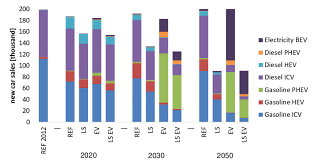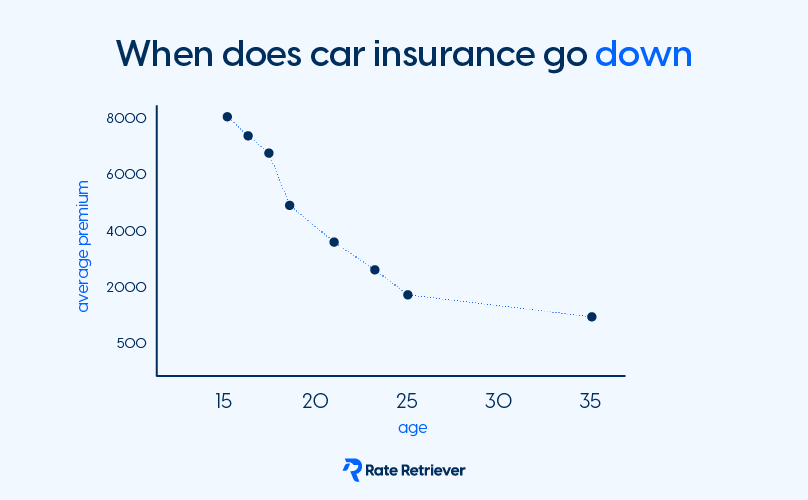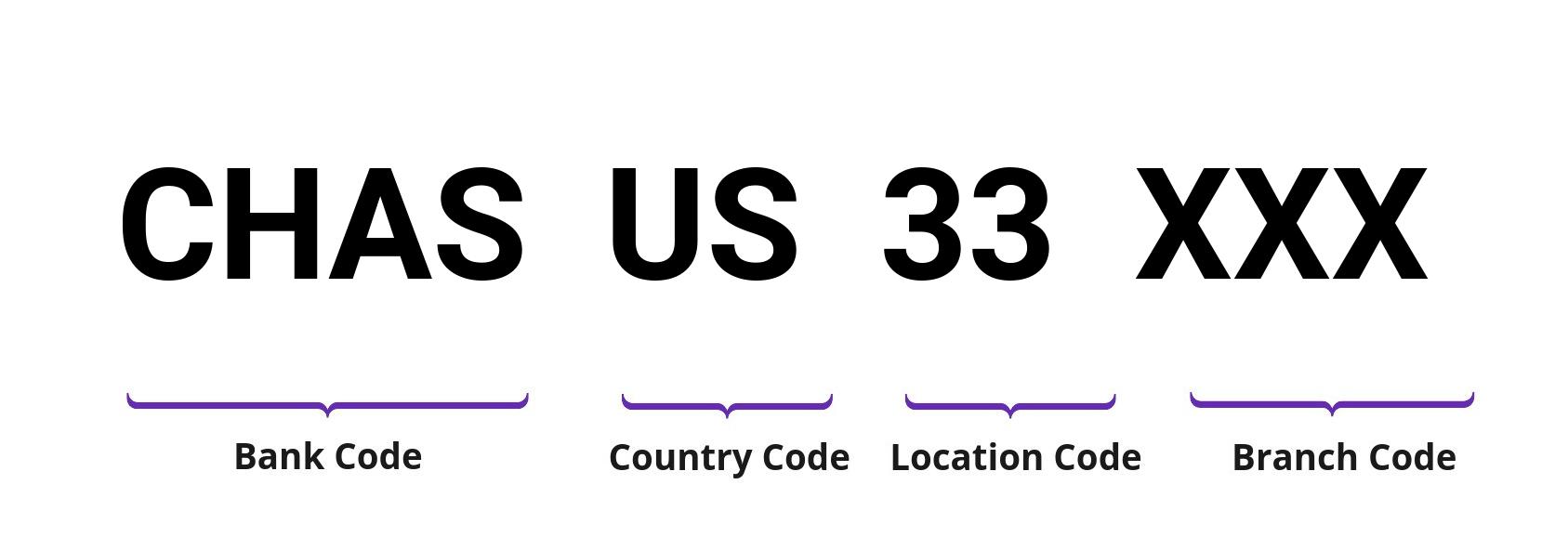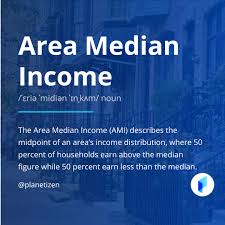Choosing between a hybrid and a plug-in hybrid can feel confusing, especially with all the acronyms and battery talk. Let’s break it down in a simple, conversational way so you can make an informed decision.
Estimated reading time: 4 minutes
Key Takeaways
- There are several types of hybrid cars: mild hybrid, full hybrid, and plug-in hybrid (PHEV).
- Plug-in hybrids usually cost more upfront and may be more expensive to insure.
- Your daily driving habits and charging options are crucial in deciding which type suits you best.
For trusted car insurance advice, check out Progressive’s auto insurance resources.
Plug-In Hybrid vs. Hybrid: The Basics
You might see terms like HEV and PHEV floating around. Here’s what they mean:
- PHEV (Plug-In Hybrid Electric Vehicle): You can plug this car into a wall outlet or public charging station to recharge its battery. This is its main power source.
- HEV (Hybrid Electric Vehicle): Includes both mild hybrids and full hybrids:
- Mild hybrid: The electric motor assists the gas engine but only powers small systems like air conditioning or stereo. It can give the car a brief boost at low speeds.
- Full hybrid: Can run on electric power at low speeds and switch to gas power at higher speeds. Some models let the gas engine and electric motor work together for extra power.
Learn more about hybrid types at U.S. Department of Energy’s Alternative Fuels Data Center.
Full Hybrid vs. Plug-In Hybrid: The Biggest Differences
The main differences come down to battery size, cost, and charging method:
- Battery Purpose:
- Plug-in hybrid: Electric battery is the primary power source. Gas engine kicks in when the battery runs low.
- Full hybrid: Battery mainly helps with slow-speed driving and adds a boost when needed.
- Battery Size and Cost:
- Plug-in hybrid batteries are larger and more expensive to replace.
- Full hybrid batteries are smaller and cheaper.
- Recharging:
- Plug-in hybrids need an external power source (home or public charger) for full charge, though they can get partial charge via regenerative braking.
- Full hybrids recharge through the gas engine and regenerative braking.
Both types become gasoline-powered cars if their batteries run out. Here’s a quick comparison:
| Feature | Full Hybrid | Plug-In Hybrid |
|---|---|---|
| Electric Power | Low-speed driving | All driving conditions |
| Battery Size & Cost | Smaller, less expensive | Larger, more expensive |
| Recharging | Gas engine + regenerative braking | External charging + regenerative braking |
| Gasoline Power | Most driving conditions | When battery is low or in combination |
Insurance Costs: Hybrid vs. Plug-In Hybrid
Insurance rates often depend on your car’s value and replacement costs. Since plug-in hybrids tend to cost more upfront and have bigger batteries, they usually cost more to insure. For more guidance, explore NerdWallet’s car insurance tips.
Which Is Better: Hybrid or Plug-In Hybrid?
The answer depends on your driving habits, environment, and priorities:
- No charging access? Stick with a full hybrid.
- Long daily drives? Full hybrids may be more practical because they don’t require frequent charging stops.
- Environmentally conscious? Plug-in hybrids can significantly reduce emissions if you charge them regularly.
Consider factors like daily mileage, available charging stations, and your environmental goals before choosing.
For a deeper dive into the pros and cons of plug-in hybrids, visit Edmunds’ guide to hybrid vehicles.





























